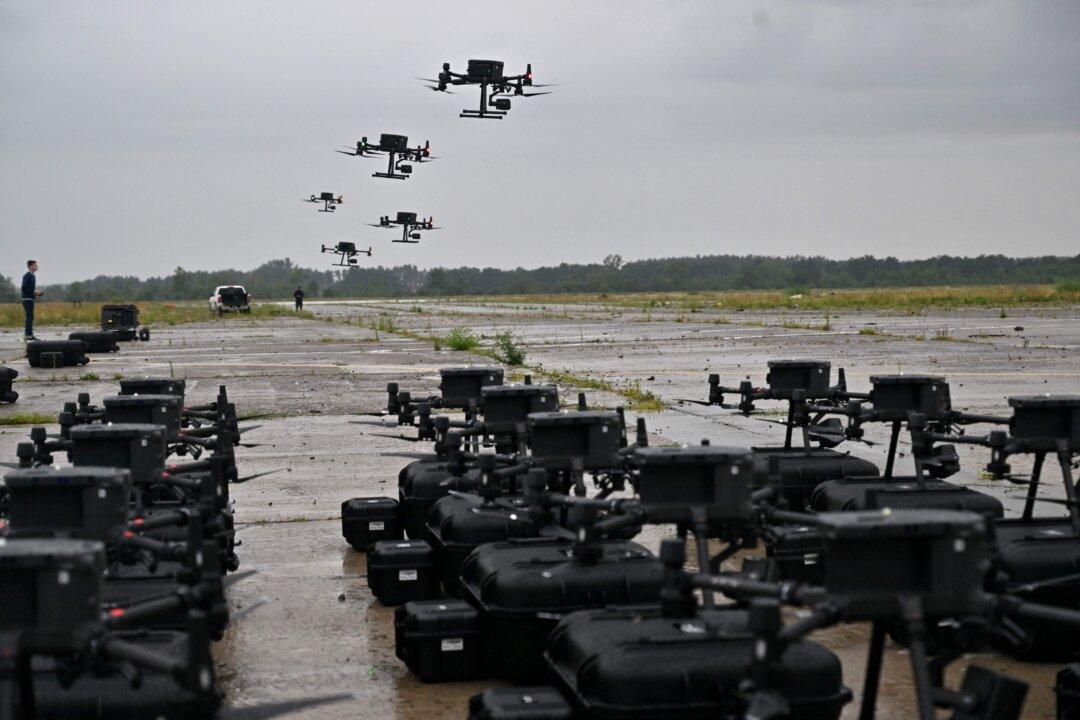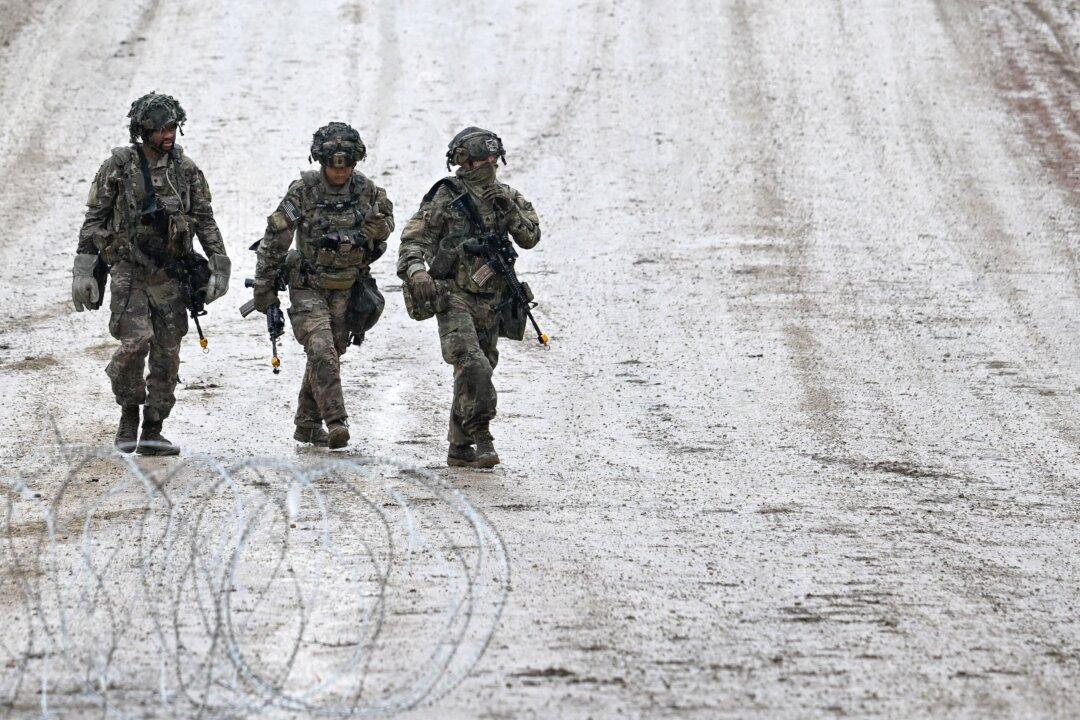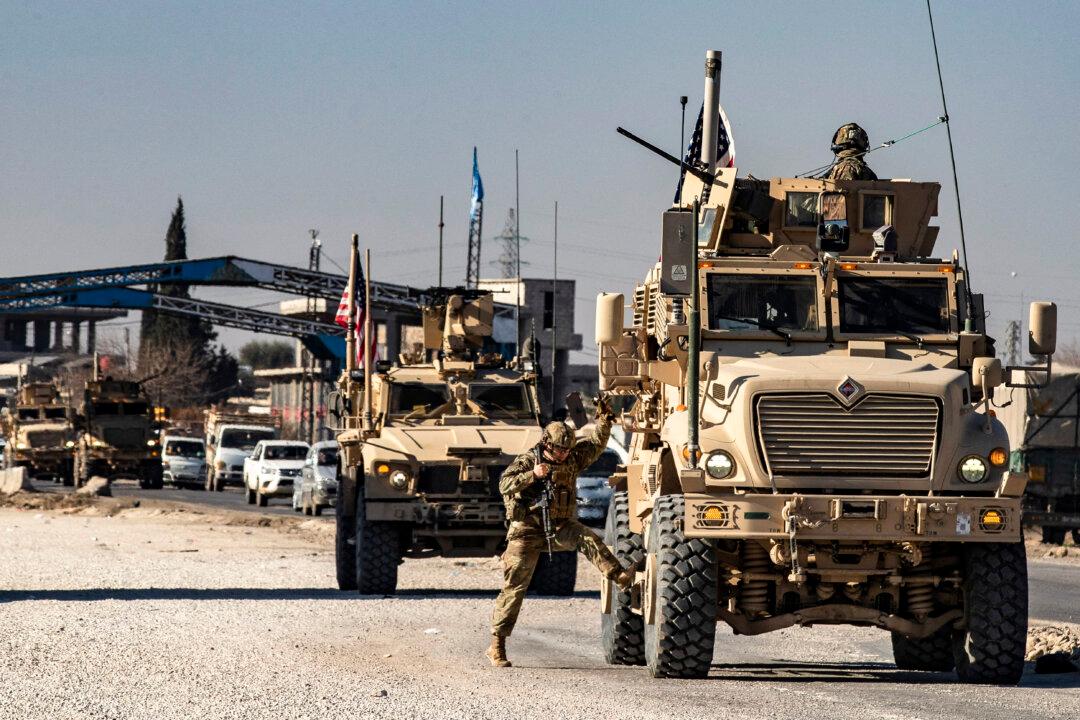The authors began by noting that the hope for long-lasting peace following WWII never materialized, because soon after the war ended, China and Korea became engulfed in civil war conflicts. China fought a civil war from 1927 to 1949 that pitted Mao Zedong’s Communists against the Nationalists (Kuomintang) led by Gen. Chiang Kai-shek.
Guerrilla warfare, characterized by ambush and surprise rather than massed mobilized armies, was the tactic often used by Mao to demoralize the Nationalists, and by 1949 the Communists took control of the country under the banner of the People’s Republic of China (PRC). The Nationalists fled to Taiwan or the Republic of China (ROC).
Soon after, war broke out in 1950 between Communist North Korea and South Korea. Communist China and the Soviet Union supported Kim Il-Sung in the North, while western allies came to the aid of the South. What was once the Korean peninsula became divided at the 38th Parallel latitude, a demilitarized zone (DMZ) that exists to this day.
The Korean War ended up as a stalemate that was costly in lives and treasure, and there is now a stark contrast between the free South (ROK) and the impoverished Communist North (DPRK). Ironically, North Korea is called the Democratic People’s Republic of Korea. If there ever was an argument for free markets, liberty, and the rule of law, South Korea would be an example of development and recovery.
The authors then moved forward to wars of independence. Israel clashed against several Arab states in order to gain statehood in 1948, and subsequently fought again in 1956, 1967, and 1973 to ensure its survival. It also fought to free itself from British mandates in the region. Decisive victories in these wars occurred due to adept intelligence gathering, air dominance, and superior tactics. Since then, Israel has had to confront both Shia and Sunni terror groups that operate on behalf of state sponsors.
Conflicts in Algeria, Borneo, Burma, Indochina, and Malaya in the 1960s are covered before the authors explore an array of details surrounding the war in Vietnam from 1964 to 1975. Following the departure of the French from Vietnam, the USA gradually became embroiled in a war that pitted China- and USSR-backed North Vietnam against America and other Western allies that supported South Vietnam.
Again, guerrilla warfare was often the modus operandi in this jungle war. Unlike the Korean war, the Vietnam war ended with South Vietnam’s capitulation to the North, and to this day all of Vietnam is governed by the Communist Party. This was the first war that heavily utilized helicopter strafing and aerial troop movements.
Some of the disorder in the 1970s and 1980s is articulated, including the British retaking of the Falkland Islands from Argentina by applying effective army and naval tactics. Unrest in the Middle East and terror events are briefly detailed, along with the Soviet Union’s invasion and occupation of Afghanistan from 1979 to 1989. This war ended in a humiliating withdrawal for the USSR. Not long after this defeat, glasnost and perestroika emerged in the Soviet Union under Mikhail Gorbachev, leading to the dissolution of the USSR.
The authors argue that America’s last successful war occurred in early 1990 when Saddam Hussein’s occupation army was evicted from Kuwait in a war that lasted only a few weeks. Shock and awe air dominance was displayed by the US Air Force, coupled with excellent tank and artillery tactics that crushed the Iraqi Army, forcing its retreat to Baghdad. After this rousing victory, American and allied successes were limited in the war on terror following the devastating Al-Qaeda strike on America on Sept. 11, 2001.
Instead of large, mobilized armies facing off against each other, the strategy to cripple Al-Qaeda, ISIS, and the Taliban was termed counterinsurgency warfare (COIN). America and its allies had to root out terror cells by utilizing nimbler teams and special forces both in mountainous and urban environments. Better protected military vehicles were manufactured to protect Marines and soldiers from improvised explosive devices (IED). Intense block-by-block and village-by-village fighting was carried out in order to take, hold, and build back areas so that civilians could return to semi-normal routines.
Russia’s invasion of Ukraine over two years ago might be one of the last wars in which massively deployed armies face off in both defensive and offensive maneuvers to incrementally gain leverage. This war is reminiscent of WW I’s trench warfare as well as the quagmires that often existed during the Korean War.
Over the last 20 to 30 years, better application of intelligence, surveillance, and reconnaissance (ISR) has led to the use of smarter targeting and weapons that reduce civilian casualties and keep buildings intact. These operations can be accurate within inches of an intended target. However, Russia continues to indiscriminately bomb and shell Ukrainian cities.
Finally, the authors speculate that there might be fewer wars involving active military combat in the future, although democratic nations must be prepared for conventional and tactical nuclear warfare. It’s likely that future conflicts will utilize economic and informational competition as weapons to manipulate other nation states.
Asymmetric or hybrid warfare (AI, COIN, cyber, drones, disinformation, machine learning, political, robotics, technological, space, etc.) are already evolving. In short, the free world must sustain the capability to game plan for any unpredictable scenarios that arise from modern emerging threats, although diplomacy can sometimes mitigate or prevent conflicts. This book is a great read for anyone interested in national security issues.





